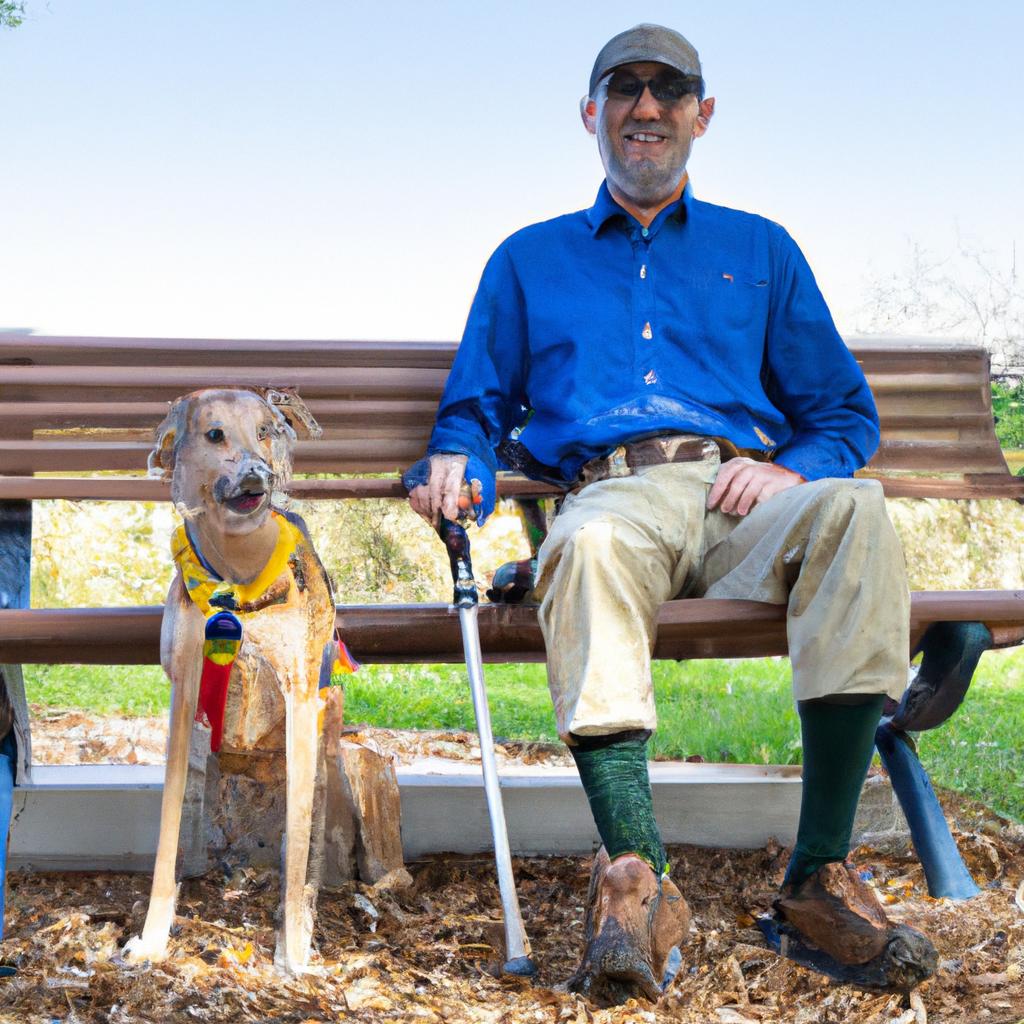Discover how a rescue dog can be trained as a service animal and help a disabled veteran. Learn about the benefits and training process in this informative article.
Introduction
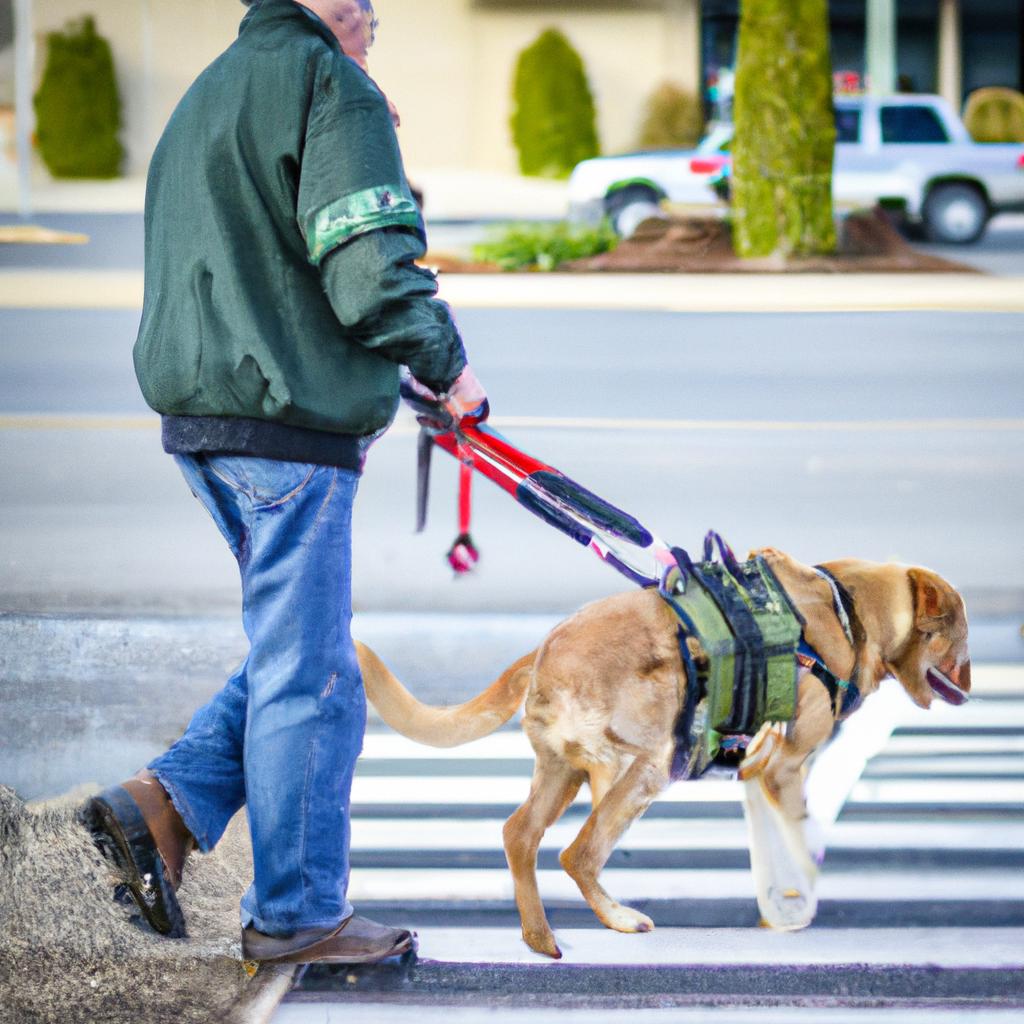
According to the United States Department of Veterans Affairs, over 3.8 million veterans have service-connected disabilities. These disabilities range from physical injuries to mental health conditions. For these veterans, service animals can be an invaluable resource, providing emotional support, assistance with daily tasks, and a sense of companionship. In this article, we will delve into the profound impact of rescue dogs trained as service animals on disabled veterans.
Background on Rescue Dogs
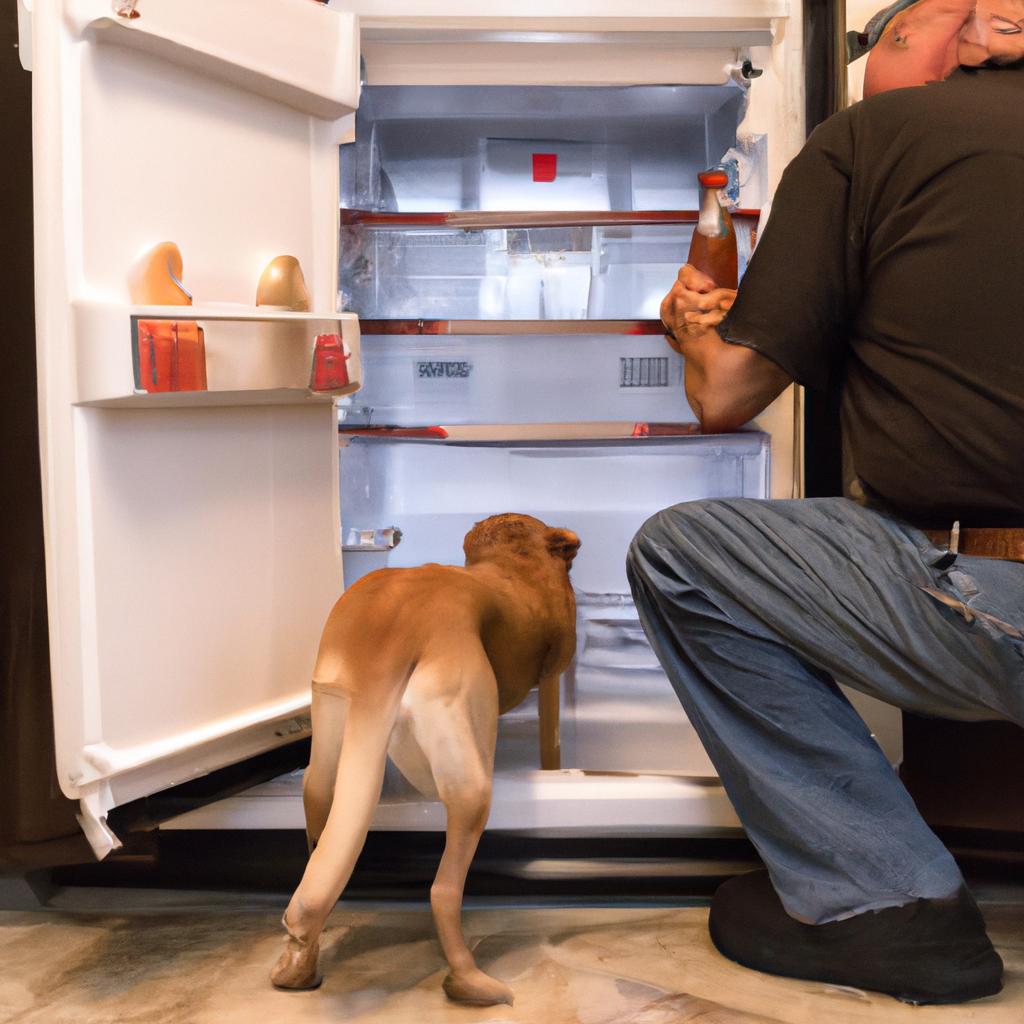
Rescue dogs are canines that have been abandoned, surrendered, or rescued from abusive situations. Their highly trainable nature, adaptability, and strong desire to please their owners make them ideal candidates for service animal training. Rescue dogs can be trained to perform a multitude of tasks, from retrieving dropped items to opening doors. They also have the remarkable ability to detect changes in their owner’s behavior and provide essential emotional support. The training process for rescue dogs as service animals can take several months and involves learning specific commands and responding to cues from their owners.
Overview of Service Animals
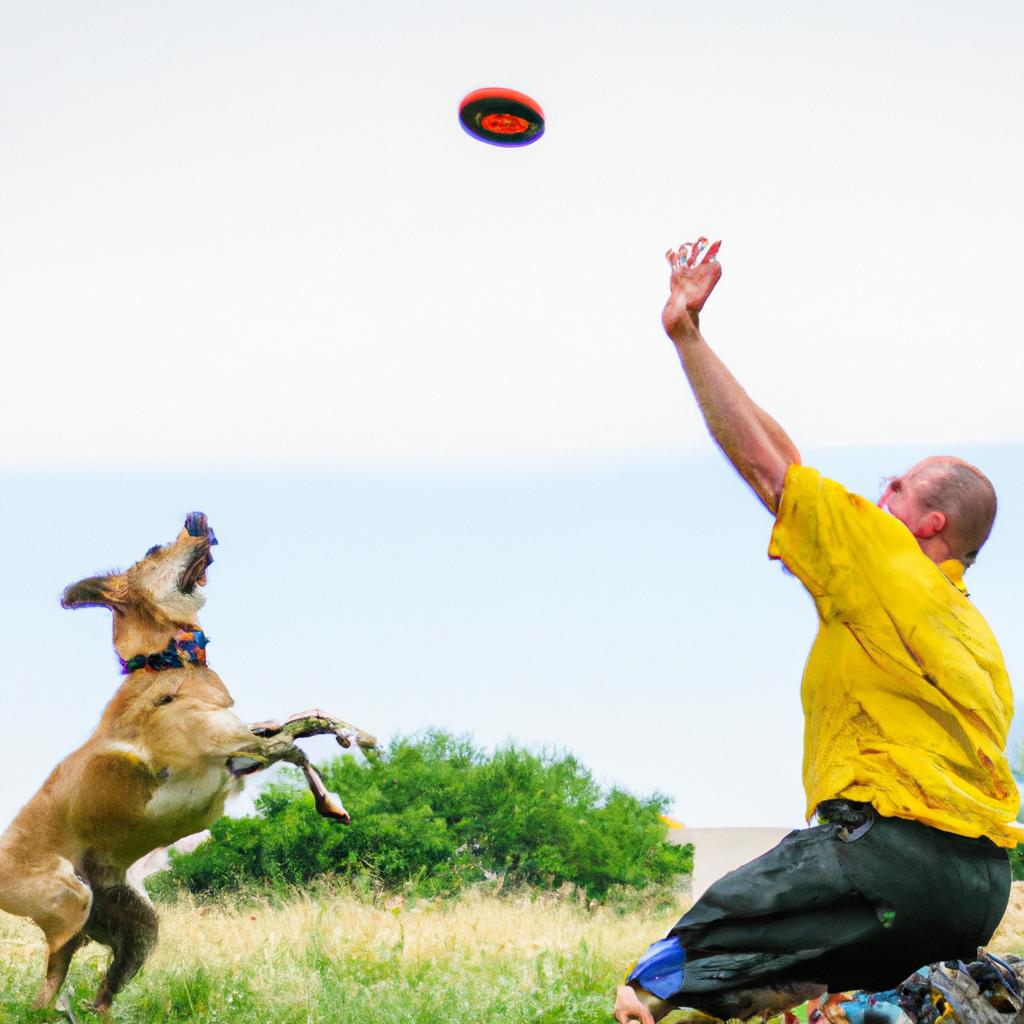
Service animals are highly trained animals that provide assistance to individuals with disabilities. These animals are not considered pets and are protected under the Americans with Disabilities Act (ADA). Service animals undergo extensive training to offer various types of assistance, including guiding individuals who are blind, alerting individuals who are deaf, and providing mobility and balance support. Moreover, service animals can be trained to detect signs of medical emergencies and offer emotional support to individuals with mental health conditions.
Definition of Service Animals
Under the ADA, service animals are defined as individually trained dogs that perform tasks or work for people with disabilities. Service animals must be directly related to the person’s disability. Other species of animals, regardless of their training, are not recognized as service animals under the ADA.
Different Types of Service Animals
The most common type of service animal is the guide dog, aiding individuals with visual impairments. Additionally, there are hearing dogs for individuals who are deaf or hard of hearing, mobility assistance dogs for those with physical disabilities, and psychiatric service dogs for individuals with mental health conditions.
Explanation of How Service Animals are Trained
Service animals undergo a comprehensive training process that commences with basic obedience and socialization. They then progress to specialized training that caters to the individual’s specific needs. Service animals can be trained by professionals or by their owners under professional guidance. The duration of training varies and can range from several months to over a year, depending on the animal’s capabilities and the tasks it needs to perform.
Disabled Veterans and Their Needs
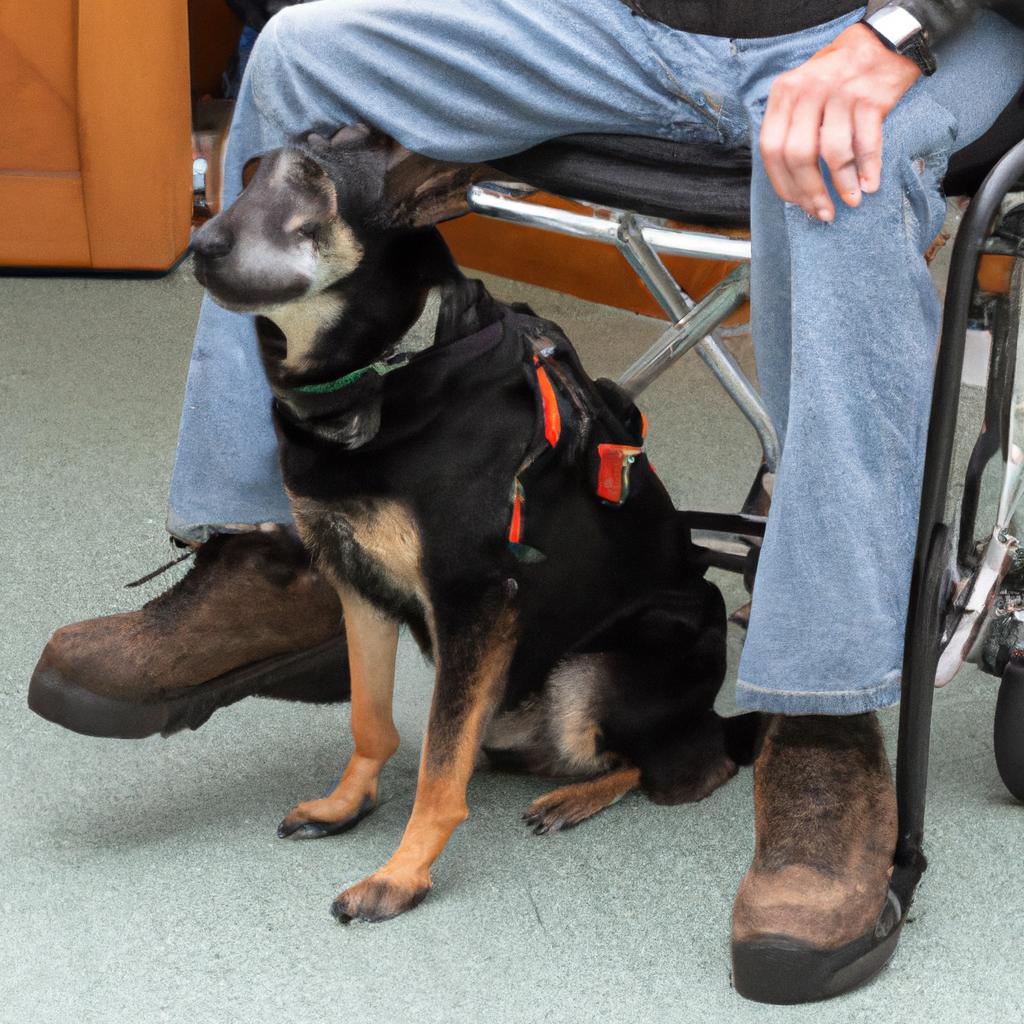
Disabled veterans face a unique set of challenges, both physical and emotional. Many veterans struggle with daily tasks that were once routine, such as getting dressed or preparing meals. Additionally, they may experience social isolation, depression, or anxiety. Service animals play a crucial role in assisting veterans with these challenges. Studies have shown that service dogs can significantly improve the quality of life for veterans with disabilities. These loyal companions reduce symptoms of PTSD and depression while increasing social interaction.
Why Rescue Dogs are Ideal as Service Animals for Disabled Veterans
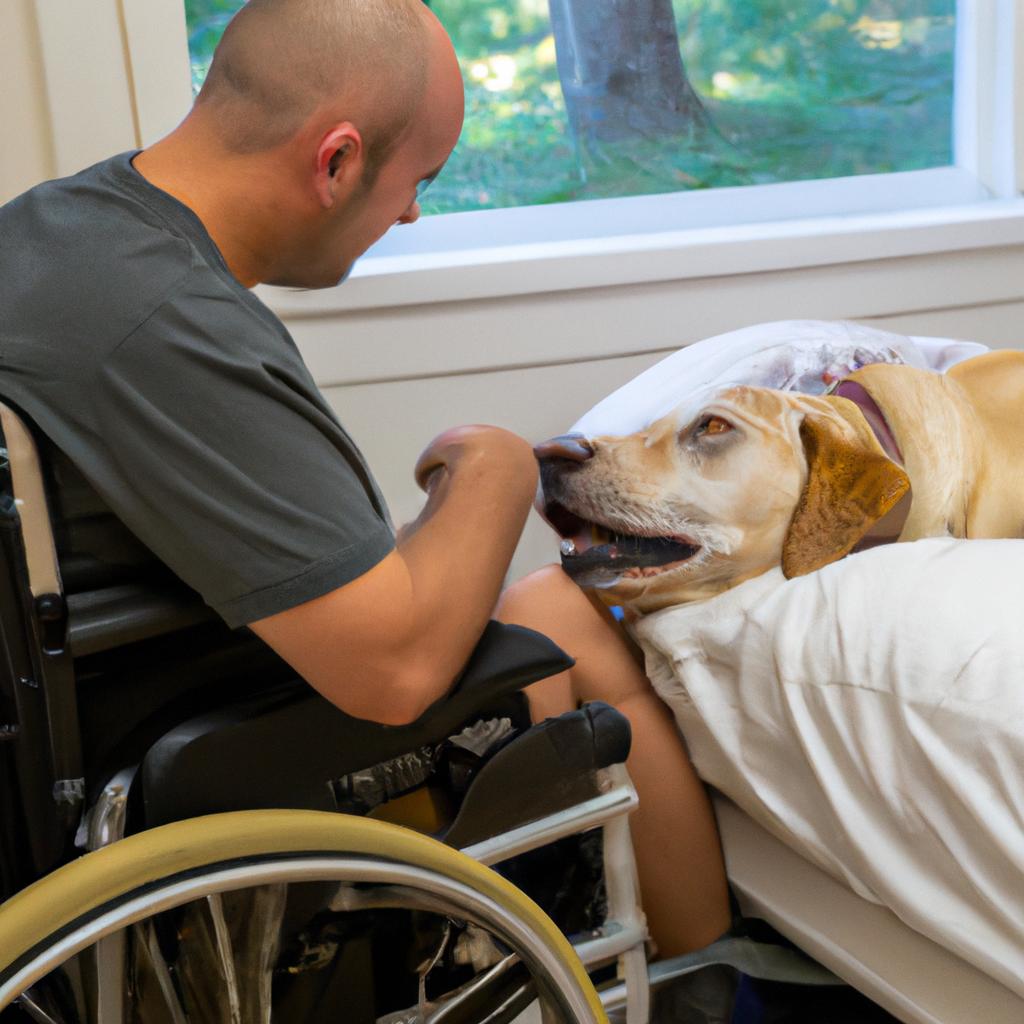
Rescue dogs possess several qualities that make them well-suited as service animals for disabled veterans. Firstly, they are highly trainable and adaptable to new environments and situations, which is particularly important for veterans who may need to travel frequently or attend various events and activities. Secondly, rescue dogs are often more affordable compared to purchasing a purebred dog from a breeder. This affordability is vital for veterans who may have limited financial resources. Lastly, rescue dogs provide invaluable companionship and emotional support to veterans who may feel isolated or alone.
In the next sections, we will explore a compelling case study of a rescue dog trained as a service animal and how it has transformed the life of a disabled veteran. Additionally, we will delve into the training process for rescue dogs as service animals and the myriad benefits of having a rescue dog as a service animal.
Case Study: A Rescue Dog Helps a Disabled Veteran
Meet John, a disabled veteran who bravely served in the Iraq War. During his service, John tragically lost his right leg and has since struggled with PTSD. Transitioning to civilian life proved challenging, with John often feeling isolated and helpless. However, everything changed when he crossed paths with Max, a rescue dog trained as a service animal. Max was specifically trained to cater to John’s needs, from retrieving his prosthetic leg to offering unwavering emotional support during PTSD episodes.
Max’s training was conducted by a professional service dog trainer who collaborated with John to identify his unique requirements. Max mastered tasks such as bringing John his prosthetic leg when needed and detecting changes in John’s behavior to provide immediate emotional support during PTSD episodes. Max quickly became an integral part of John’s life, providing him with companionship, support, and a renewed sense of purpose.
Max has brought immense transformation to John’s life. He has notably reduced John’s symptoms of PTSD, offering vital emotional support during moments of anxiety or panic attacks. Furthermore, Max has played a significant role in improving John’s social interactions, boosting his confidence to engage with others and reignite his passion for activities that he once enjoyed. Above all, Max’s unwavering loyalty and companionship have given John a newfound sense of purpose and have inspired him to embrace each day with renewed enthusiasm.
Conclusion
In conclusion, rescue dogs have the potential to become invaluable service animals, transforming the lives of disabled veterans. From offering emotional support to assisting with daily tasks, rescue dogs bring a plethora of benefits to veterans with disabilities. The training process for rescue dogs as service animals is rigorous, ensuring they respond effectively to their owner’s needs. At TooLacks, we firmly believe in the remarkable impact of rescue dogs as service animals on disabled veterans. We encourage everyone interested in learning more about these incredible companions to visit our website TooLacks and reach out to their local service dog organizations for further information.
